BEST
CASTLES
ENGLAND  SCOTLAND
SCOTLAND  IRELAND
IRELAND  WALES
WALES
OVER 100 CASTLES TO
DISCOVER AND EXPLORE

Using this Book
Defining castles
Best Castles includes descriptions of more than a hundred castles in England, Scotland, Wales and Ireland. The definition of the word castle is generally taken to be a fortified military residence. In this respect they are considered to be different to their British precursors, hill forts, Roman forts and Saxon burhs, for example. All of these were military establishments but they were not usually also places to live in permanently. Some hill forts were undoubtedly lived in, but here the distinction is that they were communal in their purpose, whereas castles were built for, and owned by, one individual and his family and retainers, rather than the wider community. However, not all the castles described in this book fit into a neat category; they have been included to provide a fuller picture.
Providing more information
As well as describing the castles as architecture, in most cases background information is provided. Especially important or interesting castles are given more space and more background information. You might find that these castles are out of their true alphabetical order in the listings, but you can locate them by using the index. In order to help provide context, the book has a key dates and events list and a series of introductory features. There are also ten special features on such subjects as Life in Early Castles, Food and Drink, Weapons, and so forth, throughout the book. Finally, a glossary of architectural terms can be found at the end of the book.
The castles included
A carefully chosen selection of the most historic, interesting and exciting castles is included in this book. For a more comprehensive gazetteer of castles see Castles (D&C, 2005) upon which this book is based. The publisher would be delighted to hear from readers who wish to provide more information or who think that other castles should be added.
Opening times/access information
Opening times and other useful information is included for the castles in this book, but please be aware that such information is subject to change, and therefore the publishers cannot accept responsibility if the information provided has changed. In as many cases as possible we have provided telephone numbers and website addresses, and visitors may wish to check details before planning a visit. In addition, full contact information for organizations such as the National Trust, English Heritage, Historic Scotland, Cadw and the Office of Public Works is included.
By their nature, castles often have areas where visitors especially those with children should exercise caution and the publishers cannot accept responsibility for any accident or other event as a result of using this book.
Locations and map references
If the castle is in the village or town that has its name the location information is limited to its county or statutory area (see map). If it is in a very small settlement, or in the countryside, the nearest village or town is named.
Every entry is provided with a national grid map reference. All reputable large-scale maps especially those from the Ordnance Survey organizations of Britain and Ireland include the grid, and accurate locations can be plotted.
Counties Map

Key Dates
C astles are a product of their times, and of the dominant personalities of those times. For much of British and Irish history, it is the monarch who is the most important single influence on events for good or ill. By their nature, castles date from times of war, insecurity and danger. As peace and security become the norm, castles are either abandoned or adapted for more peaceful times.
The key events set out below are intended to help put castles into their historical context. Included are dates and events from English, Scottish, Welsh and Irish history, but this is not intended to be a full summary of the history of the four countries, and there are fewer events as castles decline in importance. The list includes English, Scottish and some Irish kings, and the early Welsh princes; their years as monarchs are in bold.
Key
 England
England
 Scotland
Scotland
 Wales
Wales
 Ireland
Ireland
 ad Roman conquest of Britain
ad Roman conquest of Britain
 St Patrick arrives in Ireland
St Patrick arrives in Ireland
 871899Alfred the Great
871899Alfred the Great
 10021014Brian Br
10021014Brian Br
 10391063Gruffydd ap Llywelyn ap Seisyll
10391063Gruffydd ap Llywelyn ap Seisyll
 10421066Edward (the Confessor)
10421066Edward (the Confessor)
 10581093Malcolm III
10581093Malcolm III
 10631075Bleddyn ap Cynfyn
10631075Bleddyn ap Cynfyn
 1066Harold II
1066Harold II
 1066 September Battle of Stamford Bridge
1066 September Battle of Stamford Bridge
 1066 September William the Conqueror lands in Britain
1066 September William the Conqueror lands in Britain
 1066 October Battle of Hastings
1066 October Battle of Hastings
 10661087William I
10661087William I
 1067 Chepstow Castle
1067 Chepstow Castle


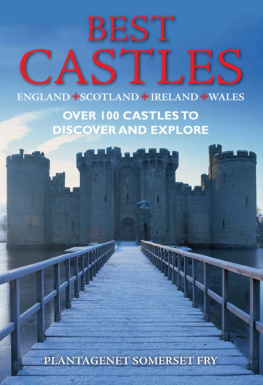
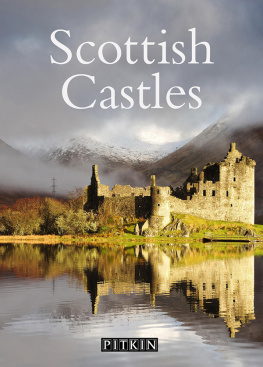
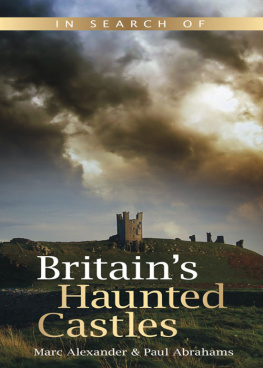


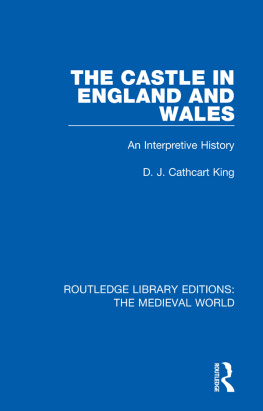
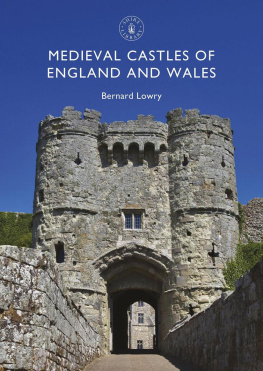
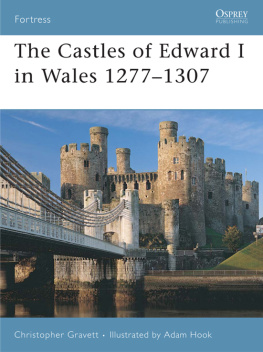

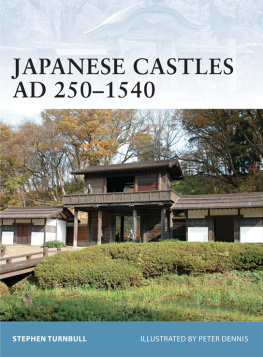
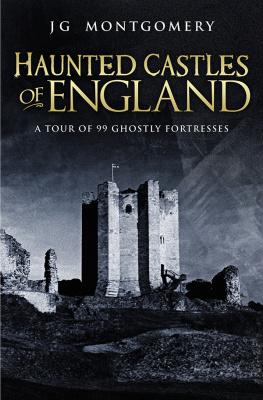
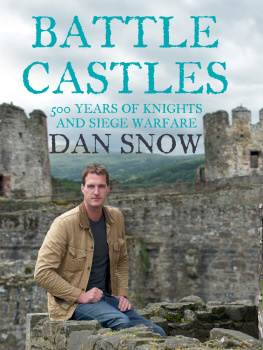
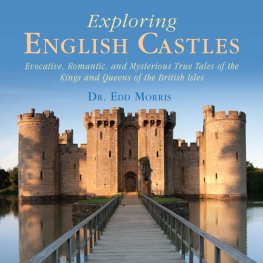

 SCOTLAND
SCOTLAND 

 England
England Scotland
Scotland Wales
Wales Ireland
Ireland